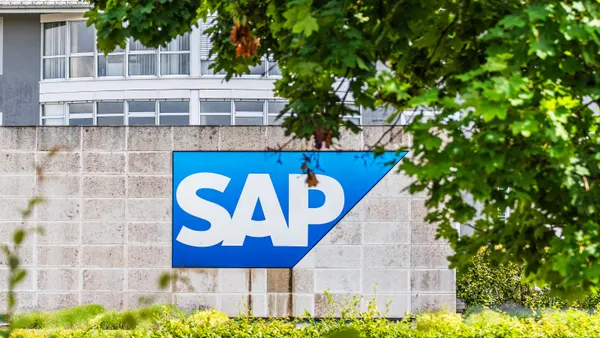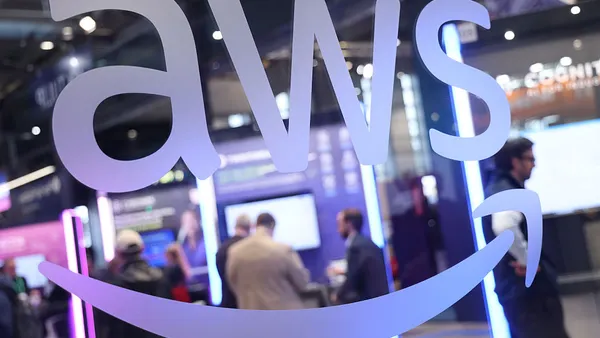Dive Brief:
- The AI market will grow almost 50% year over year to nearly $1.5 trillion in 2025, fueled by an ongoing cloud data center building boom and escalating enterprise investments in the technology, according to a Gartner report published Wednesday.
- Hyperscaler spending on graphics processing units and AI accelerators will almost double the size of the AI server market, increasing global spend to $267 billion, while enterprise AI adoption nudges AI services spending by roughly 9% to more than $280 billion, the analyst firm said.
- Despite the massive wave of cloud infrastructure investments, the tide is turning toward enterprise spend, John-David Lovelock, Gartner distinguished VP analyst, told CIO Dive. AI applications, infrastructure software and services will together account for nearly one-third of the more than $2 trillion AI market next year, Gartner expects. “We are still figuring out what an AI tool is, getting it to market and then seeing if anybody's interested,” Lovelock said.
Dive Insight:
As vendors pile agentic tools atop a growing generative AI menu, major cloud providers are pouring capital into the facilities needed to run high-capacity workloads.
Data center investments reached record highs in the second quarter, increasing 76% year over year, according to a Dell’Oro Group market analysis published Tuesday. The firm forecasted double-digit growth through the end of the year, driven primarily by deployments of Nvidia Blackwell GPUs and other custom accelerators, including Google Cloud’s tensor processing units and AWS’ Trainium chips.
The GPU spending spree turned the cloud business on its head, as model training consumed vast quantities of compute, triggering industrywide capacity constraints.
“In the past, hyperscalers bought servers and rented them out to enterprises as their primary business,” Lovelock said. “Now, most of the AI-optimized infrastructure-as-a-service capacity is being used up by the companies that are providing it to promote the large language models that they have and the products that are based on them.”
While GPU scarcity remains a looming concern for cloud providers, power grid bottlenecks are a more pressing issue.
“Capacity constraints are not so much based on a limited number of chips coming out of Nvidia, it's also constrained by the ability to find a place to plug these servers in,” Lovelock said.
At the enterprise level, a sea change is also in process.
Gartner expects AI infrastructure software spending, which includes app development, storage, security and virtualization tools that support IT, to skyrocket to nearly $230 billion in 2026, up from nearly $60 billion last year.
Similarly, investments in AI application software, a category that encompasses CRM, ERP and other workforce productivity platforms, will more than triple in that two-year period to almost $270 billion.
Enterprises purchase most of their generative AI capabilities through vendors, according to Lovelock. “Next year, we’re going to spend more on software with Gen AI in it than software without it, and that’s just four years after it became available,” he said.















